An enigmatic white material wraps the central volume of the newly renovated Gerken Residence in Manhattan’s TriBeCa neighborhood, its folds blending smooth curves and sawtooth edges. The material is plaster, shaped by centuries-old tools typically used to create smooth, uniform extrusions. But, in a contemporary twist, the Brooklyn-based firm Young Projects used digital software to manipulate the tools’ movements, allowing for geometric complexity. As with much of the firm’s work, the outcome elevates a humble material to elegant new heights.
According to Bryan Young, who founded the firm in 2010, material investigations are central to the firm’s work—as are the unexpected effects that result. “For us, there is an allure to making in a manner that isn’t revealing of what the material is but is still completely engaged with how the material is formed,” he says.
The Gerken Residence, a two-story, 6,000-square-foot loft, is one of three large residential projects completed by Young Projects last year. The firm’s portfolio ranges from an interactive Valentine’s Day installation in Times Square made of powder-coated aluminum tubes (2014) to a 20,000-square-foot resort complex in the Dominican Republic. The firm was among six winners of the 2016 AIA New Practices New York Award, and it won an Architectural League Prize for Young Architects + Designers in 2013.
Young studied architecture as an undergraduate at UC Berkeley and earned his M.Arch. from the Harvard Graduate School of Design in 2003, where he received the school’s prestigious AIA Henry Adams Medal. (For his thesis, he extruded the two-dimensional graphics of the arcade games Donkey Kong and Pac-Man into three dimensional models.) After the GSD, Young worked at Architectural Research Office (ARO) for two years and then spent five and a half years at Allied Works, where he eventually became a senior associate.
Young traces much of his fascination with materials to the Hudson Street Residence, a project he worked on under Allied Works’ principal Brad Cloepfil. For a series of wall panels, they poured molten aluminum into a mold that included a layer of burlap, leaving behind traces of the cloth’s texture in a range of tones. “It was the first time I began to understand more blatantly graphic effects that might emerge out of real materials,” Young says. Rather than clarifying what the material was—as wood does with board-formed concrete—the interaction with burlap added a layer of mystery.
At 35, Young left Allied Works to start his own practice. He worked solo at first, tackling several small projects, before receiving what would become the firm’s largest commission to date: the Retreat at Playa Grande in the Dominican Republic. The scope of this project, whose plan includes a main house, guest house, and spa, motivated Young to expand his office from one person to eight.
“It’s a challenge for us to jump in scale from an interior project in New York City to 20,000 square feet of ground-up construction,” Young says.
A year and a half in, the project in the Dominican Republic slowed down as the site developed necessary infrastructure. Young calls this shift fortunate in retrospect, because it allowed his firm to focus on a few large commissions in New York: a renovation and expansion of a townhouse in Williamsburg, Brooklyn; the Gerken Residence in TriBeCa; and Young’s own house on a one-acre site in Westhampton, in Eastern Long Island. Young supplemented his work by teaching at Parsons, MIT, and Columbia (he still teaches at Parsons today).
Last year, the team got the green light once more for the Retreat at Playa Grande, and building commenced this March. For this endeavor, as well as more local ones, Young Projects hopes to leverage digital design to enrich its collaboration with local artisans. For the retreat’s spa, for instance, the firm is working with a local concrete contractor to explore methods of exposing the many colors and textures of the material’s aggregates.
“I’ve always been interested in pushing our work to be as radical as it can be,” Young says, “but I am excited and compelled to work on projects that will be realized.”
Despite his firm’s engagement with artisanal materials and digital tools, Young steers clear of debates about analog versus digital fabrication. “Our interests are neither digital nor analog,” he says. “We’re interested in the nebulous, mysterious, strange aesthetics that can come out of real material elements.”
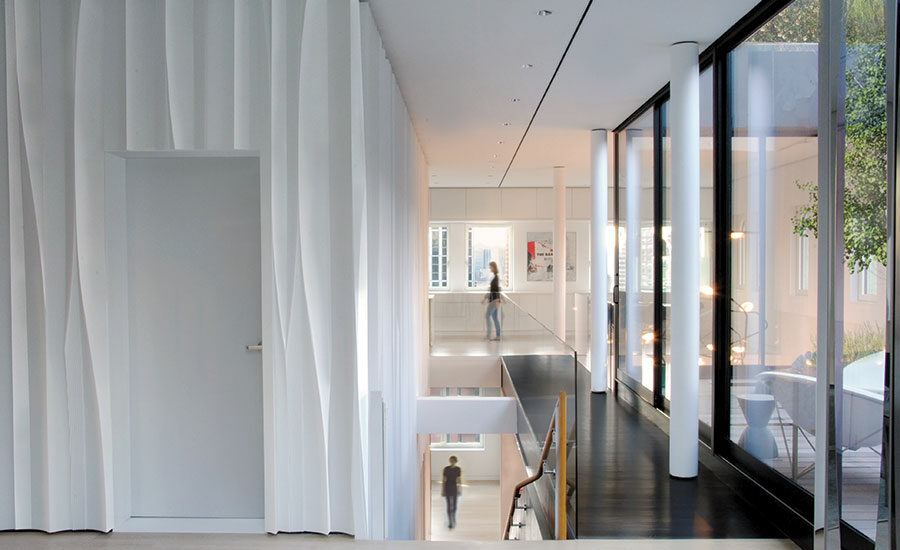
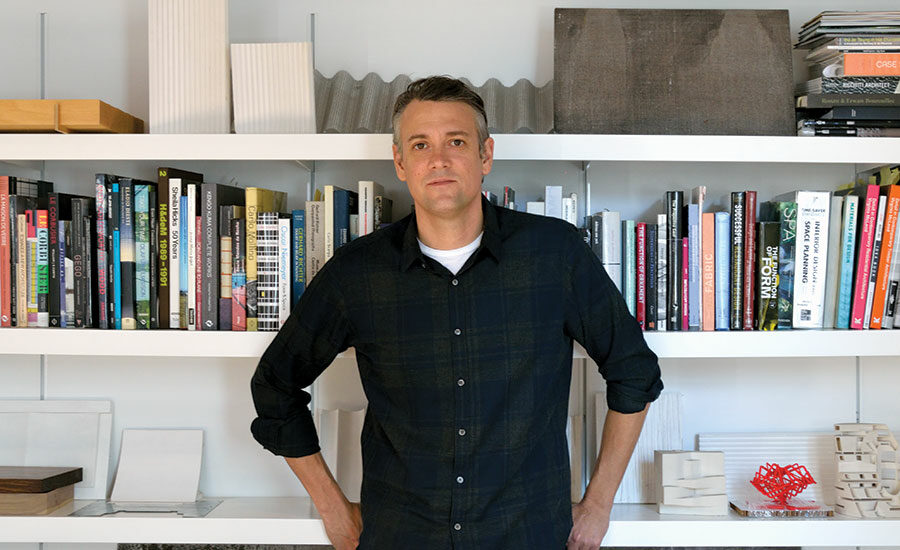
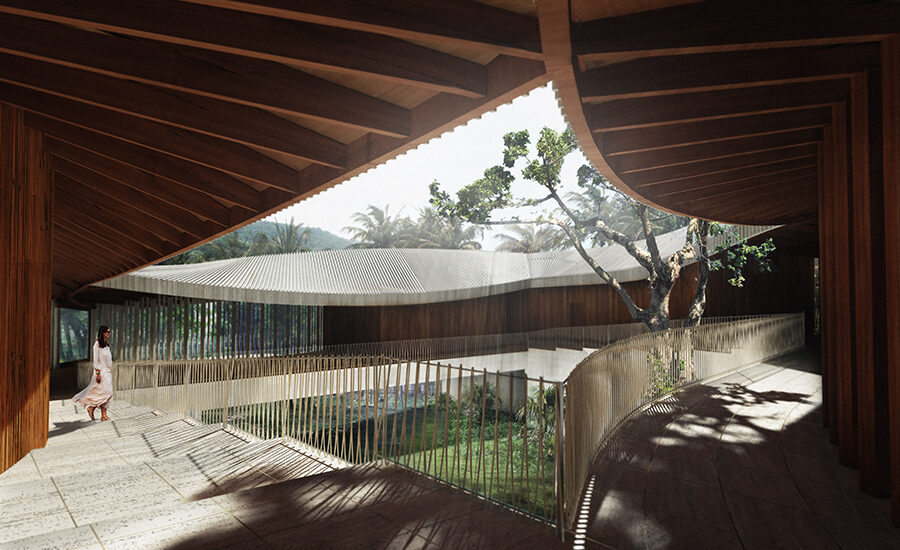
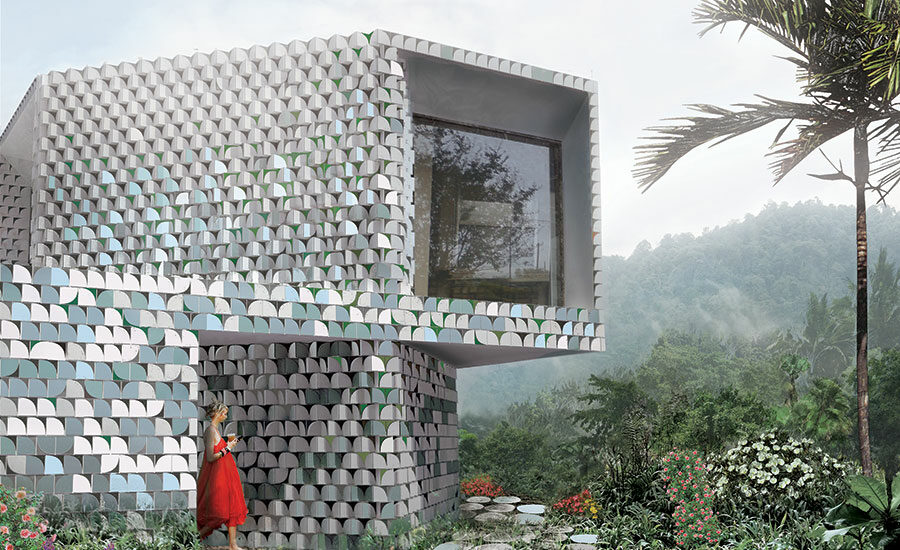
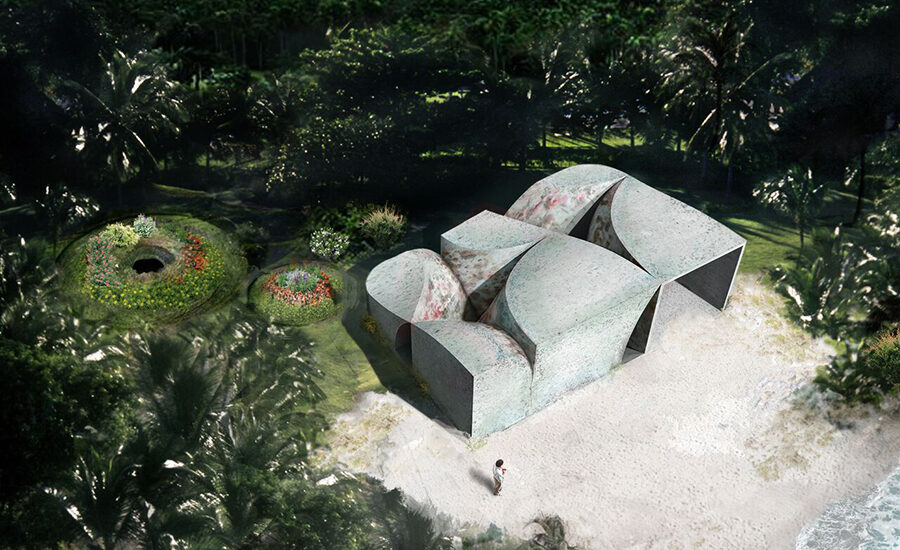
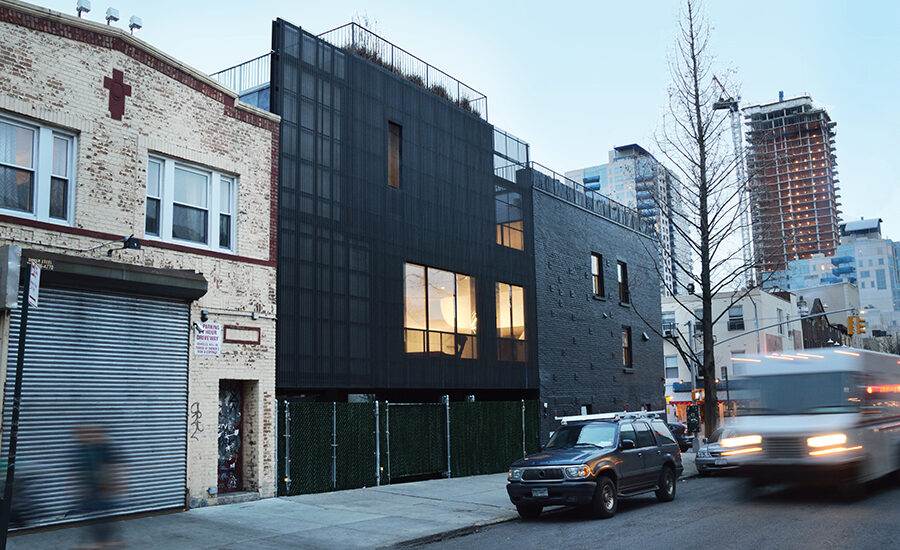
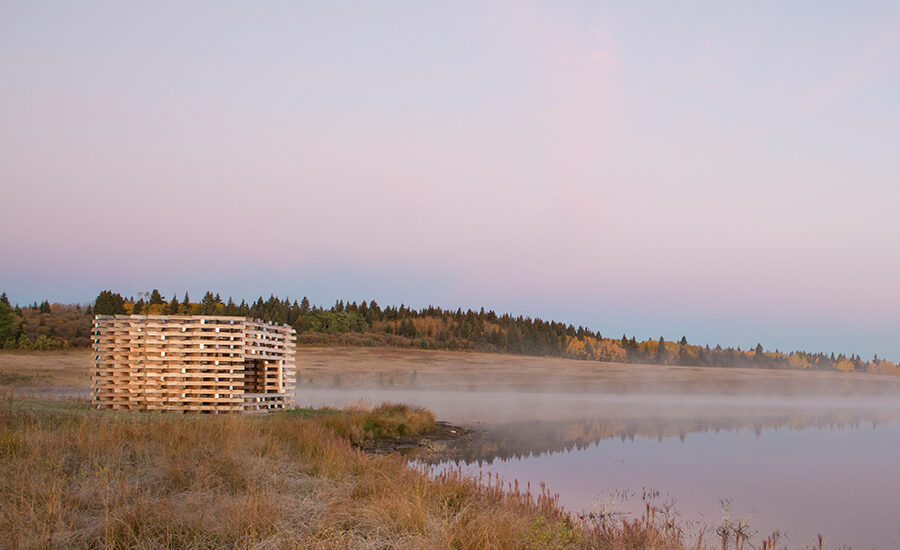
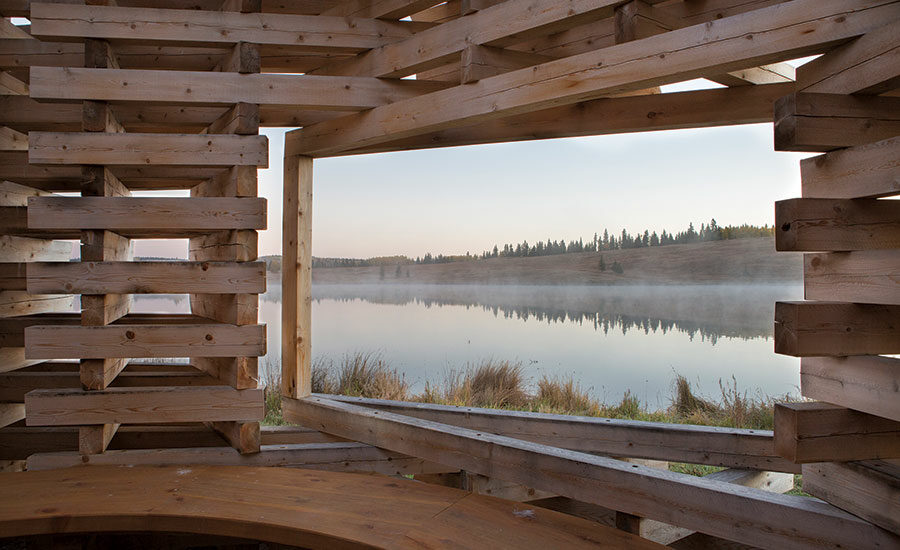
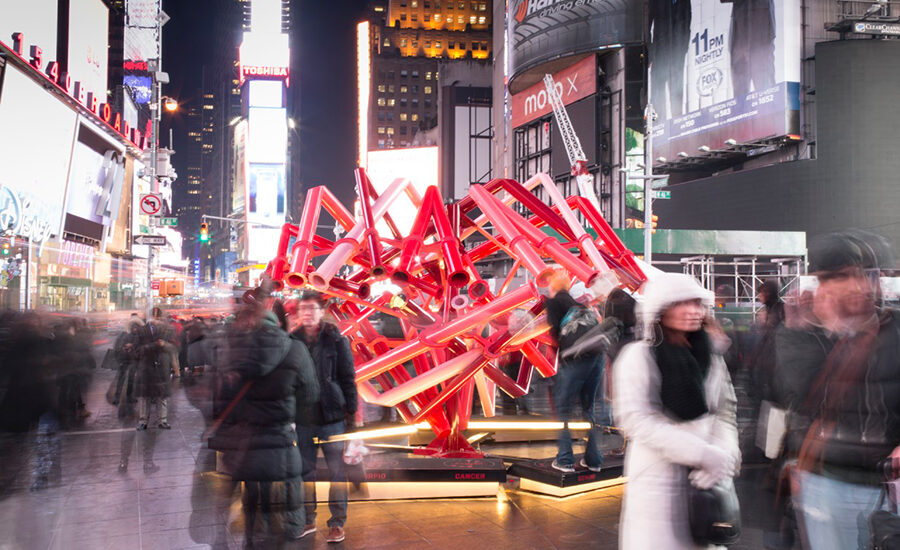


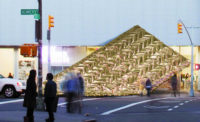
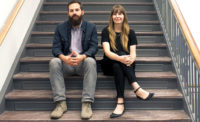
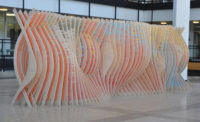


Post a comment to this article
Report Abusive Comment